The COVID-19 pandemic and subsequent lockdowns over the past two years have changed the way the education sector functions drastically. By disrupting conventional offline education, it has opened new avenues for changing and improving the education system by introducing massive use of technology in the transmission of knowledge. With the emergence of a new COVID Omicron variant, online learning will also dominate in the new year. EdTech tools have become a major asset for schools and universities around the world, providing an enjoyable learning experience. In this context, let us look at the major trends in the education sector to watch in 2022.
- Hybrid Environments: The hybrid classroom is extremely extensible, covering a very wide range of student needs. Teachers can do this through an immersive virtual learning environment that allows students to be connected to everything happening in the classroom anytime, anywhere.
Firstly, EdTech is great for creating both synchronous and asynchronous activities so that students don’t get left behind when they can’t attend in person. It is easier than ever for students to catch up on lessons and make progress, even if they missed a few synchronous sessions. Secondly, it adapts to the needs of the students. For example, lectures/teachers can use learning platforms to measure student progress and provide reports quickly and easily. This helps teachers pinpoint when to step in to help students before they are left behind, which is more difficult in a traditional classroom setting.
Additionally, tools such as web conferencing, chats, and groups can create an interactive virtual classroom, which is critical for social learning. This can also help connect students, whether they are attending the class in person or online. Consequently, a hybrid environment is also fairer.
- Asynchronous Learning: While asynchronous learning is not new, the big trend we are seeing in this direction is creating more engaging asynchronous materials that are also easily accessible to all students. Most importantly, asynchronous learning is facilitated with the help of the offline mode. This allows students with little or no internet connection at home to access their classes without going to a library or other public space.
Sharing learning content from anywhere means learning is not confined to the classroom and teachers can implement a blended learning approach to help students achieve their goals.
- Interactive learning spaces: Interactivity is essential as students need a social environment to learn better. An interactive learning space is a space in which students actively interact with a platform in a variety of ways. For example, a key feature is that students are not passive content consumers but create content and share it with their peers. Learning platforms enable students to conduct projects together and hand in joint tasks.
In addition, the platform responds to their actions. For example, this happens every time they receive a badge for submitting an assignment or are added to a study group if they need more help with lessons.
- AI personalization: Features such as automation and gamification allow teachers/lectures to create more interactive learning experiences. However, these are only surface scratches.
In 2022, we will be moving closer to more advanced systems that will allow us to personalize education like never before. To set a perfect example, teachers can often track competencies and use an automated rules system to adapt the content students see in a class. However, with an artificial intelligence (AI) -based recommendation engine, students also get more personalized recommendations for what to learn next. When a student wants to explore a particular subject or skill, the platform sends them the right learning content.
- Diversity, Equality, Inclusion (DEI): Whether we are talking about small schools or large university campuses, Diversity, Equality, and Inclusion (DEI) are essential to creating and maintaining a healthy environment. By implementing DEI practices in the classroom, teachers encourage positive behavior among peers, develop a sense of belonging, and foster acceptance by all those involved. With alarming levels of cyberbullying and the rise of hate speech due to increased screen time, focusing on diversity is more important than ever. This is a wonderful time to move away from the one-size-fits-all approach and promote an individualized learning approach that meets the needs of each student.
Beginning a new year is often an incredibly challenging time, especially when it comes to shaping young minds with the help of innovative EdTech tools. At RCM, we offer students strong visibility, including a real-time learning experience. This offers a unique perspective to RCM students, preparing them to take advantage of new opportunities in the global economy.
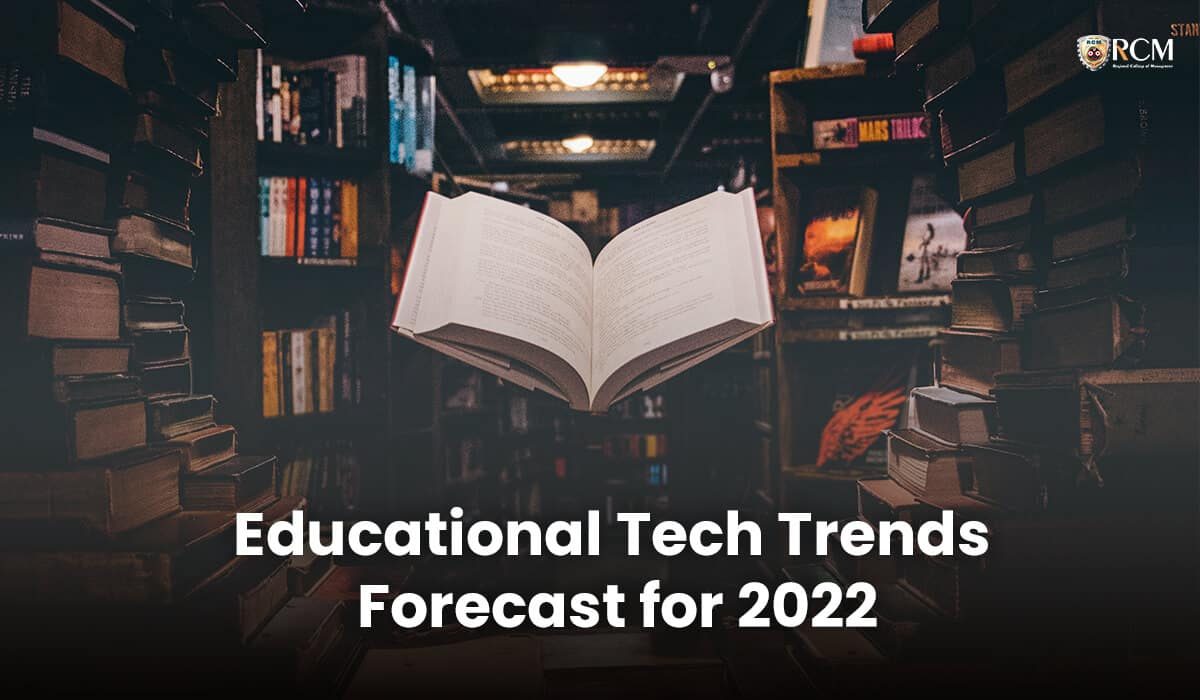









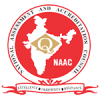
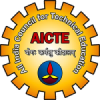

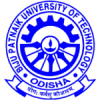




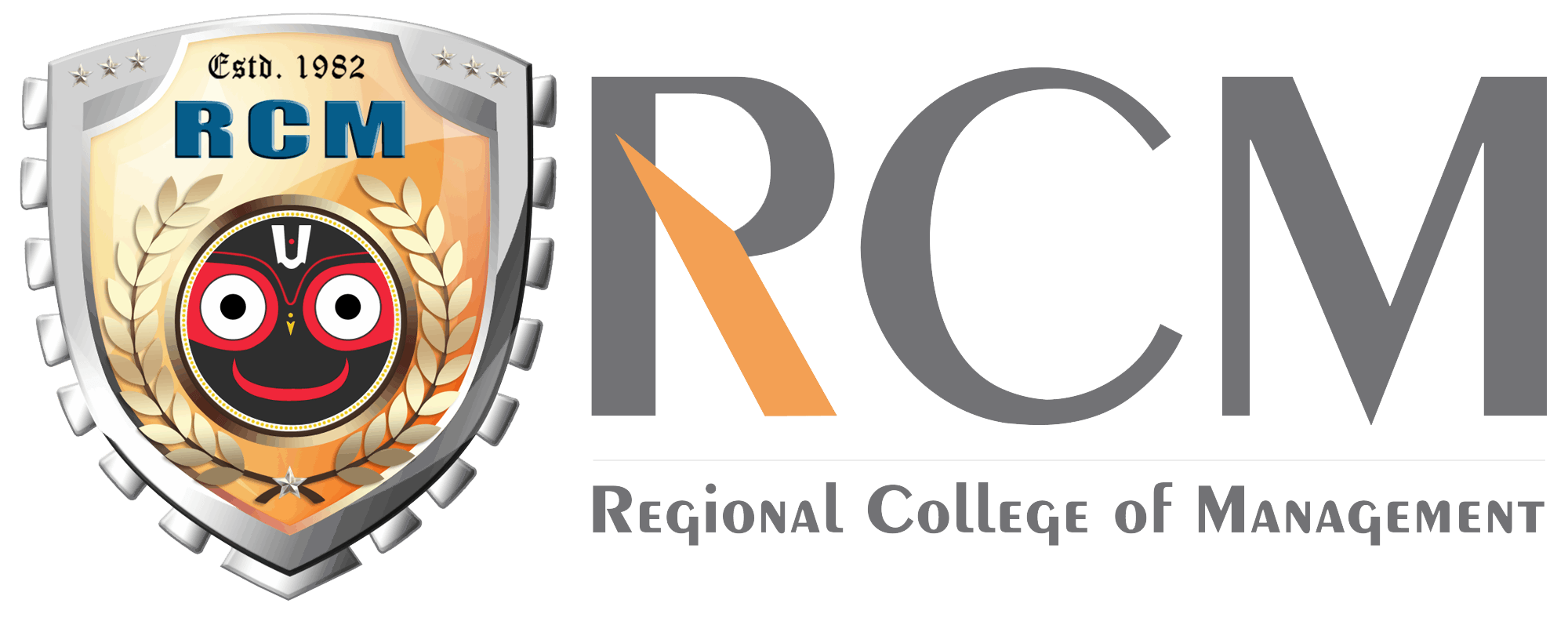
One Comment
Pingback: E-Learning Trends to Focus on in 2022 - RCM